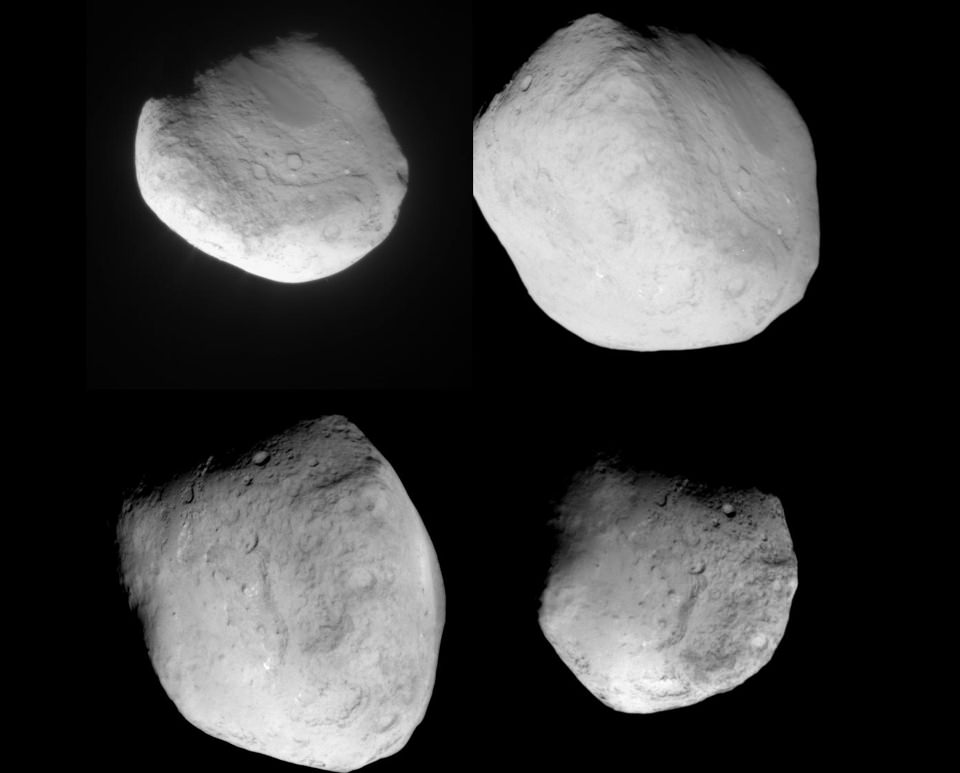As Stardust-Next was racing past Comet Tempel at 9.8 km/sec, or 24,000 MPH, it encountered a hail of bullet like particles akin to a warplane meeting the fury of armed resistance fighters which potentially could have utterly destroyed the probe.
NASA has released a cool sound track of the sounds of thousands of cometary dust particles pelting Stardust-NExT. The audio was recorded by an instrument aboard the spacecraft called the Dust Flux Monitor which measures sound waves and electrical pulses from dust impacts.
Telemetry downlinked after the Feb. 14 flyby indicates the spacecraft flew through waves of disintegrating cometary particles.
“The data indicate Stardust went through something similar to a B-17 bomber flying through flak in World War II,” says Don Brownlee, Stardust-NExT co-investigator from the University of Washington in Seattle.
I contacted co-investigator Don Brownlee for further insight into the sounds and sights of the Tempel 1 flyby.
“The 12 biggest particles penetrated the centimeter thick front honeycomb plate of the whipple meteoroid shield and were detected with the Dust Flux Monitor Instrument,“ Brownlee told me. “The instrument had two type of sensors made in a collaboration between the University of Chicago and the University of Kent in the UK.
[/caption]
The shielding was installed to protect Stardust from the hail of cometary particles during its prior flyby at Comet Wild 2 in 2004. Brownlee was the Principal Investigator for Stardust during its original mission at Wild 2.
I asked Brownlee if the shields were essential to the spacecraft surviving the Tempel 1 flyby ?
“Yes,’ he replied.
“A total of approximately 5,000 particle impacts were detected,” Brownlee said. This was over a period of about 11 minutes during closest approach. The movie is in real time and is a visual representation of the sounds. It covers just a portion of the flyby.
“Like at Wild 2, the particles came out in bursts and clumps. The Tempel 1 flyby, the Wild 2 flyby and the recent imaging of Comet Hartley confirm that fragmenting. Dust and ice clods are commonly released into space by comets.”
“The biggest at Wild 2 was about 0.5 cm and this time at Tempel 1 they were probably a bit bigger. The penetrating impacts at Tempel 1 were about twice what they were at Wild 2 ….. Also about twice as fast!”
“The data indicate Stardust went through something similar to a B-17 bomber flying through flak in World War II,” said Don Brownlee, Stardust-NExT co-investigator from the University of Washington in Seattle. “Instead of having a little stream of uniform particles coming out, they apparently came out in chunks and crumbled.”
To my eye, I was surprised that the flyby images seemed to surpass those at Wild 2. Brownlee agreed.
“I was surprised,” said Brownlee. “The team did a terrific job and the images are better than before. Tempel is a little closer to the sun, the flyby was a little closer, the pictures were taken at a much higher rate and the imaging team put in a great effort to plan the exposures and to clean up the camera before the encounter. The mirror was scanning at it’s maximum rate!”
Listen to the Stardust-NExT post flyby briefing
News conference held Feb. 15 following the flyby of comet Tempel 1 by the Stardust-NExT spacecraft on Valentine’s Day, Feb. 14. The spacecraft’s closest approach was a distance of 112 miles. Participants are: Ed Weiler, NASA’s associate administrator, Science Mission Directorate, Washington; Joe Veverka, Stardust-NExT principal investigator, Cornell University; Tim Larson, Stardust-NExT project manager, NASA’s Jet Propulsion Laboratory, Pasadena, Calif.; Don Brownlee, Stardust-NExT co-investigator, University of Washington, Seattle; and Pete Schultz, Stardust-NExT co-investigator, Brown University.

